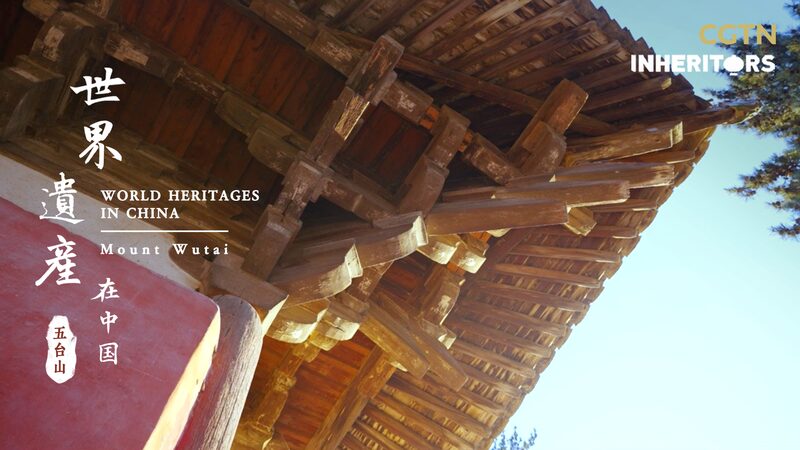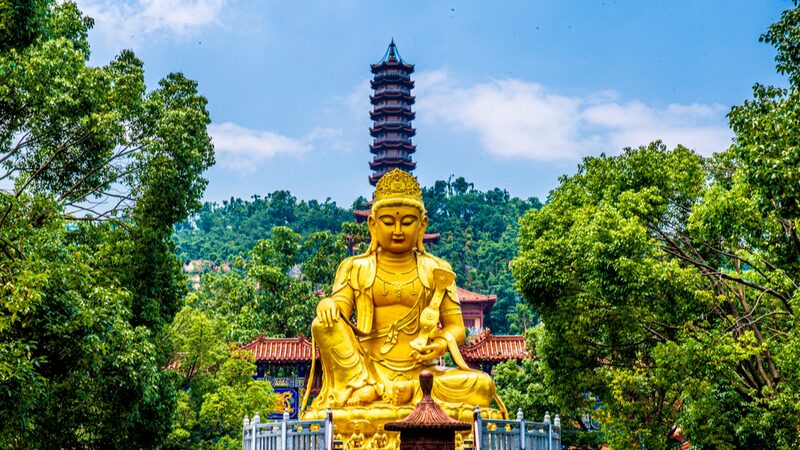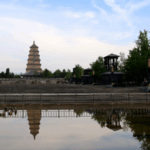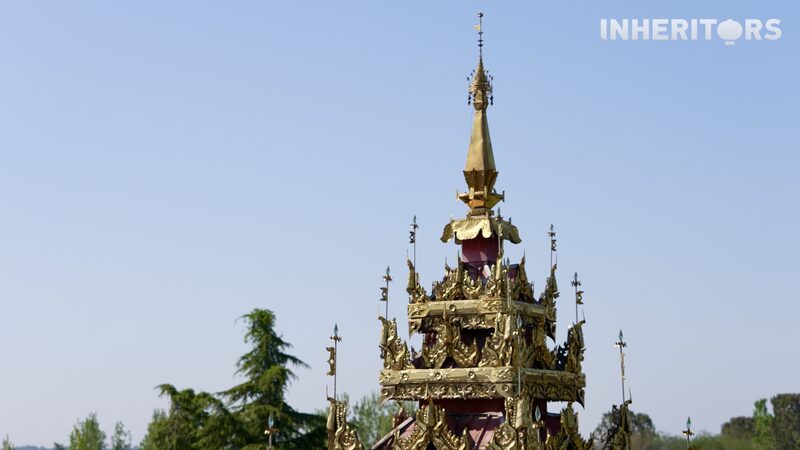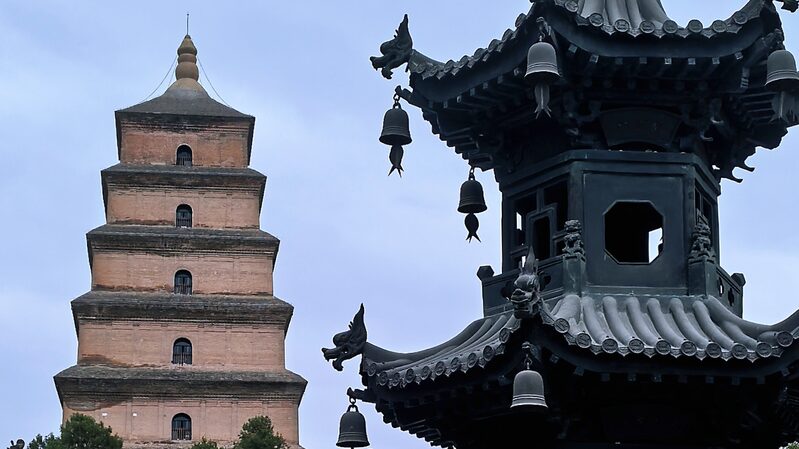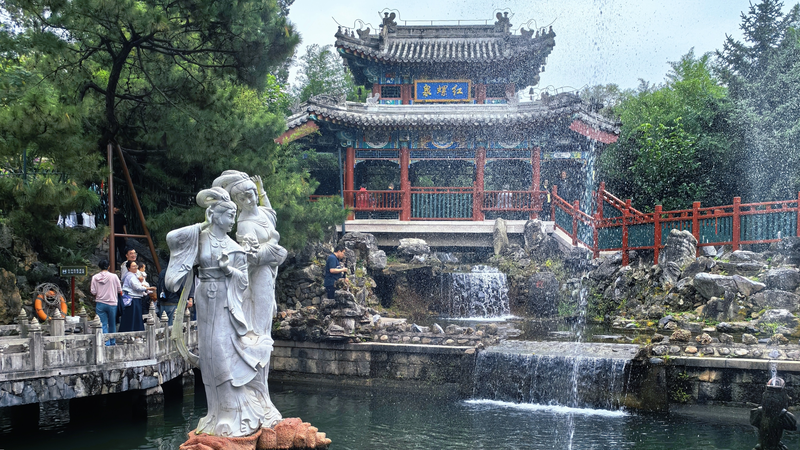In the heart of Hebei Province's ancient Dingzhou city stands the majestic Kaiyuan Temple Pagoda – an 84-meter architectural marvel that has silently observed the ebb and flow of civilizations for over ten centuries. Built during the Northern Song Dynasty (960-1127 CE), this towering brick structure holds dual distinction as China's tallest surviving ancient pagoda and a living chronicle of cultural exchange.
Recent archaeological studies reveal the pagoda's unique position along historic trade routes, where it served as both spiritual sanctuary and cultural crossroads. Its intricate carvings blend Han Chinese architectural traditions with influences from Central Asian Buddhist art, while historical records document its role in facilitating dialogue between Confucian scholars and Uygur merchants during the Silk Road's golden age.
For modern observers, the pagoda offers fresh insights into China's historical openness to cultural integration. Preservation experts note that its eleven-story structure – designed to withstand earthquakes through an innovative honeycomb brick system – symbolizes the enduring strength born from technical innovation and intercultural collaboration.
Reference(s):
cgtn.com
